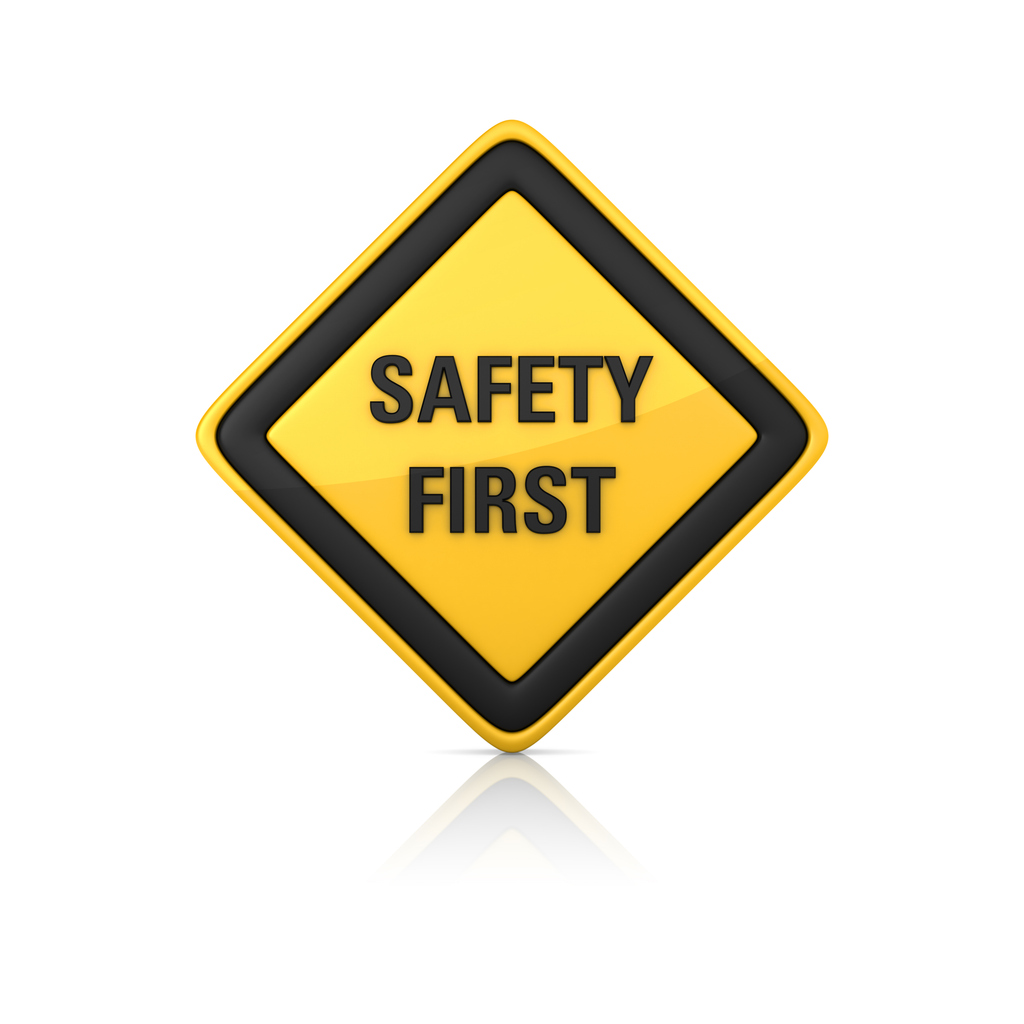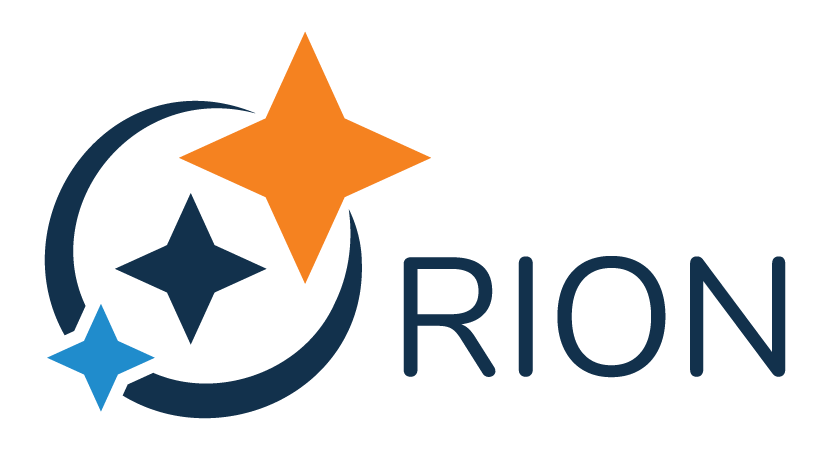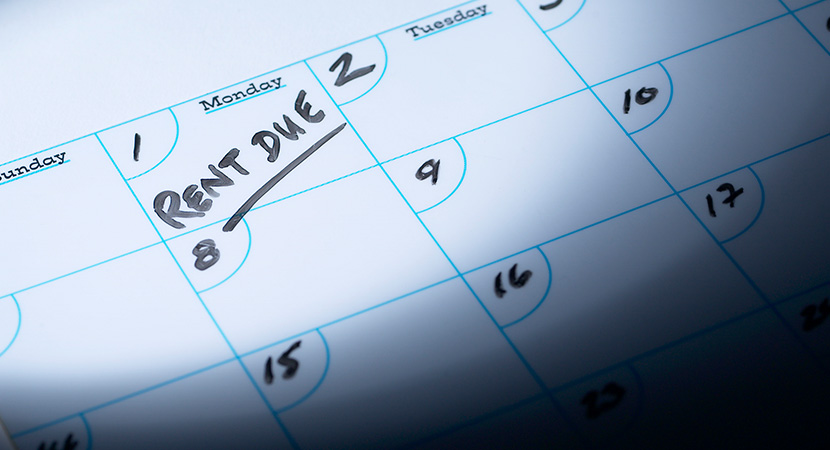Safety is a top concern for property inspectors. Every inspector, regardless of experience, must follow a set of safety protocols to ensure not only their well-being, but the health of the property’s residents and their company’s liability as well. In environments where the potential for accidents can range from the minor to the severe, understanding and implementing safeguards can help mitigate those risks.
The role of safety goes way beyond personal protection—it involves the integrity of the inspection process, too. Proper safety protocols can help to maintain the quality and accuracy of the inspection. The more secure an inspector feels, the less likely they are to rush and make mistakes. This helps ensure that findings and reports reflect the true condition of the property. With careful preparation and attentive practice, inspection professionals can easily safeguard themselves and residents, while providing a reliable service their clients can trust.
Treating Safety as a Priority
Property inspectors regularly encounter environments with diverse hazards. Whether examining industrial complexes, warehouses, or a one-bed bungalow, it’s essential to follow strict safety protocols. Here are a few of the greatest welfare considerations:
Asbestos Contaminated Materials
Although asbestos use has declined over the years, it’s still linked to 40,000 deaths in the U.S. annually. Therefore, when conducting property inspections in older buildings, inspectors must be vigilant for materials likely to contain asbestos—such as insulation, and floor and ceiling tiles. It’s crucial not to disturb these materials if they may contain asbestos.
In cases where asbestos is present, inspectors should use appropriate respiratory protection and strictly adhere to legal guidelines in their jurisdiction regarding the handling and disposal of these hazardous materials to ensure both personal safety and environmental compliance.
Working at Heights
Falls from ladders cause more than 164,000 emergency room-treated injuries and 300 deaths in the U.S. every year. Therefore, it’s essential that inspection professionals prioritize safety by carefully checking ladders for stability and damage. They must also ensure ladders sit on firm, level surfaces, and maintain three points of contact (either two hands and one foot, or two feet and one hand) while climbing.
For difficult-to-reach areas, inspectors should use Mobile Elevated Working Platforms (MEWP)—self-propelled lifts that move people, tools, etc. to elevated work areas. To ensure a safe work environment, MEWP operators must be properly trained and certified, consistently use safety harnesses, and routinely check the platform’s emergency descent mechanisms. While not every inspector will need to use a MEWP, there may be occasions when this type of machine is necessary.
Electrical Safety
Power safety is a serious matter. Faulty electrical equipment and sockets contribute to hundreds of deaths and thousands of injuries annually. And unless properly trained and certified, property inspectors should limit electrical assessments to visual checks.
When conducting a visual examination, look for obvious hazards like frayed wires, signs of overheating, and improper installations. In-depth examinations should only occur with inspectors who possess the skills and qualifications necessary to do so.
Chemical and Mold Exposure
If checking areas with potential chemical and mold exposure, it’s critical to wear protective equipment, including gloves, masks, and eyewear. This precaution doesn’t just minimize the risk of inhaling or contacting hazardous substances, it can be potentially lifesaving. Ensuring that the area in question has good ventilation is also important, as this helps reduce the concentration of dangerous fumes and spores.
Noise Levels
In environments where high noise levels are common, property inspectors need to wear earplugs or noise-canceling headphones as a form of hearing protection. Additionally, inspectors can monitor noise levels with a decibel meter to be sure they’re within safe limits. While it may seem of little concern initially, prolonged exposure to loud environments can have long-term effects, such as tinnitus and hearing loss.
Developing a Culture of Safety
Establishing a safety-first strategy is not just about compliance, it’s about creating an environment where safety is a habitual part of every inspection. Health and safety awareness training is essential for all property inspectors, regardless of how much experience they have. From hazard identification and risk assessments to safe work practices and emergency response procedures, the more aware, the better. Aside from training, there’s another component that really helps to manage safety while on-site—technology.
Enhancing Safety with Technology
In the age of digital property inspections, technology can make the process much easier and faster, which naturally enhances safety. Inspection professionals who use platforms like Rent Manager’s integrated provider, Property Inspect, have access to a powerful tool that simplifies their assessments and shortens risk exposure.
Carrying out vital safety reviews in a structured, consistent format helps inspectors check all the right boxes at the right times, securing their safety and the property being examined. While it’s not possible to eliminate all safety risks, finding the right balance between being proactive, staying informed, remaining vigilant, and using technology can enhance everyone’s safety and well-being at each inspection site.






